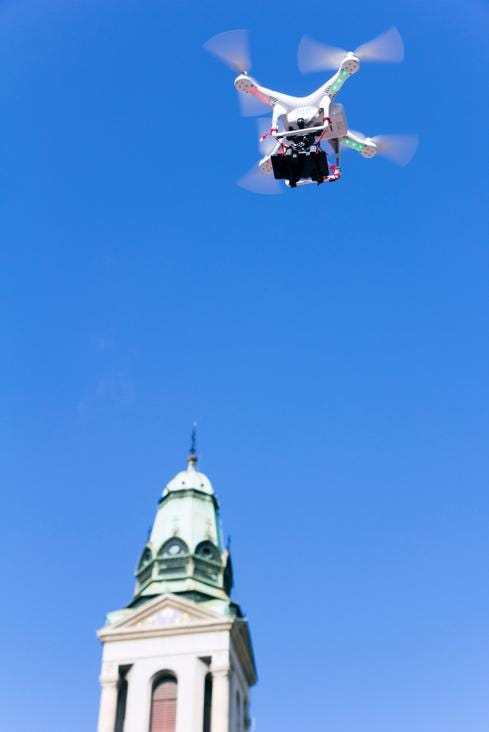Google Files FAA Paperwork Detailing Its Drone PlansGoogle Files FAA Paperwork Detailing Its Drone Plans
Not content with owning the Web, Google is now taking to skies with drones, as recent documents filed with the FAA indicate.


Drones: 10 Novel Uses For Your City
Drones: 10 Novel Uses For Your City (Click image for larger view and slideshow.)
Google wants to get into the drone game on its own. Two vehicles registered with the Federal Aviation Administration (FAA) -- fixed-wing, multi-engine electric aircraft -- are tied to the search giant's office in Boulder, Colo.
The FAA paperwork does not make clear what Google has in store for these new drone designs. Last year the company purchased Titan Aerospace to expand into drones as a way to deliver Internet access. The new plans could be related to that acquisition.
The filing comes in the wake of a Wall Street Journal article published earlier this year that reported that Google was working on a new drone design after previous prototypes had failed.
In February, the FAA released a loose set of guidelines for drones that detailed how small, unmanned aircraft must remain close enough to the operator for the operator to be capable of seeing the aircraft with vision unaided by any device other than corrective lenses.
The FAA has issued what some call draconian restrictions regarding the operation of drones. Current policy allows recreational drone flights in the US, but essentially bans drones from commercial use.
At present, regulations regarding drones vary depending on the scale of the machine. This ranges from the 2.8-pound Phantom line of camera-equipped, four-rotor helicopters made by China's SZ DJI Technology Corporation, to aerospace manufacturer Boeing's ScanEagle, a gas-powered, 40-pound aircraft with a 10-foot wingspan that can stay aloft for more than 24 hours.
The FAA also requires a maximum altitude of 500 feet above ground level and precludes careless or reckless operations. These standards may become problematic. As AviationWeek reported, the FAA is in fear of drones becoming a popular holiday gift purchase.
The FAA classifies recreational drones (less than 55 pounds) as model aircraft, which means they must fly below 400 feet.
Commercial drones that weigh less than 55 pounds are currently required to fly below 500 feet, but the FAA's commercial drone rules have yet to be finalized.
Drone regulation promises to be a reoccurring issue for the foreseeable future. The WSJ quoted Ted Ellett, a former FAA chief counsel who is now a partner at law firm Hogan Lovells US, as saying properly balanced regulatory restrictions and the safety risks posed by various sizes of unmanned aircraft would create another unnecessary and costly impediment.
[Read about the recent fight over drones in California.]
"In addition, pilot certifications likely to be proposed by the FAA would typically require dozens of hours flying manned aircraft, according to people familiar with the rule-making discussions," the article stated. "Drone proponents have resisted requiring traditional pilot training for drone operators."
Amazon recently received a special FAA license to test drones for package delivery. While the fear of machines dropping from the sky holds merit, one survey showed a whopping 88% of consumers were ready for drone delivery if it meant they got their stuff in an hour.
Meanwhile, Facebook's Connectivity Lab is working to build drones, satellites, and lasers to deliver the Internet on a broader scale. Facebook is investing in the Philippines and Paraguay, and enlisting the help of NASA's Jet Propulsion Lab and the Ames Research Center.
In 2014, the company announced it had reached out to Ascenta, a UK-based company whose founders created early versions of Zephyr, which became the world's longest-flying solar-powered unmanned aircraft.
About the Author
You May Also Like






